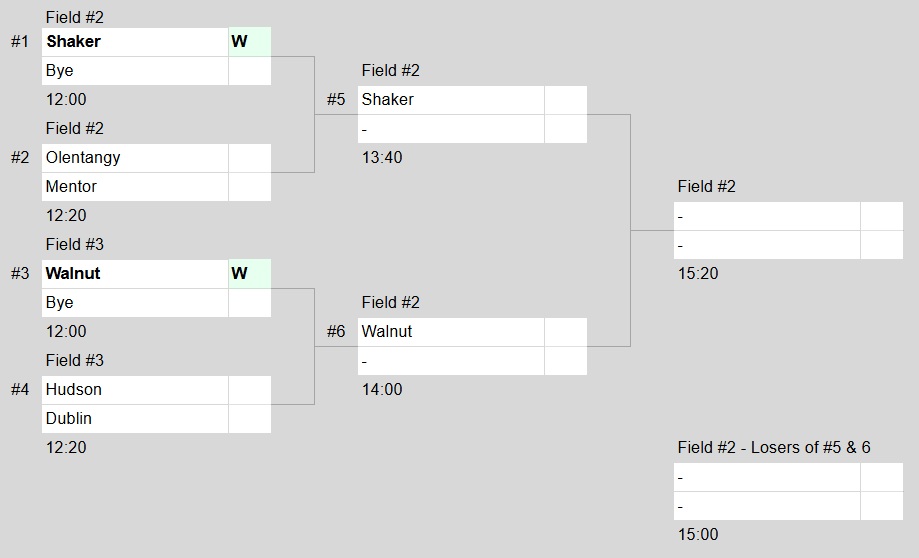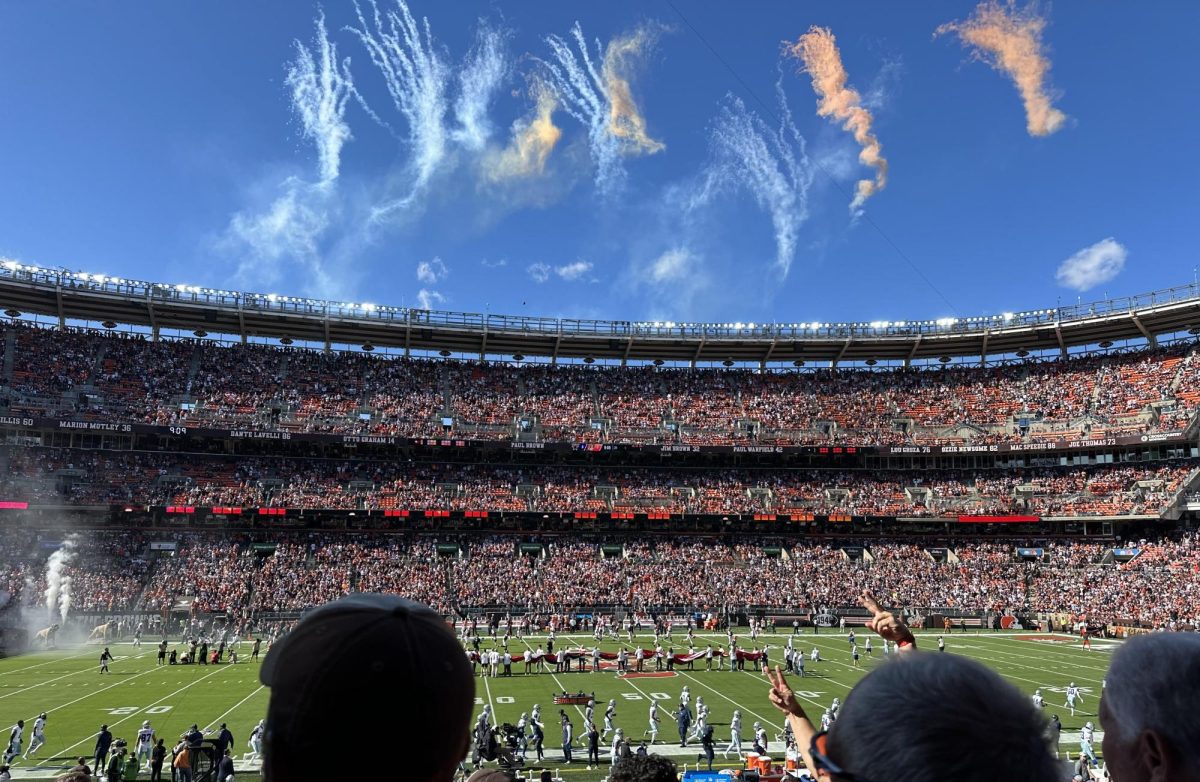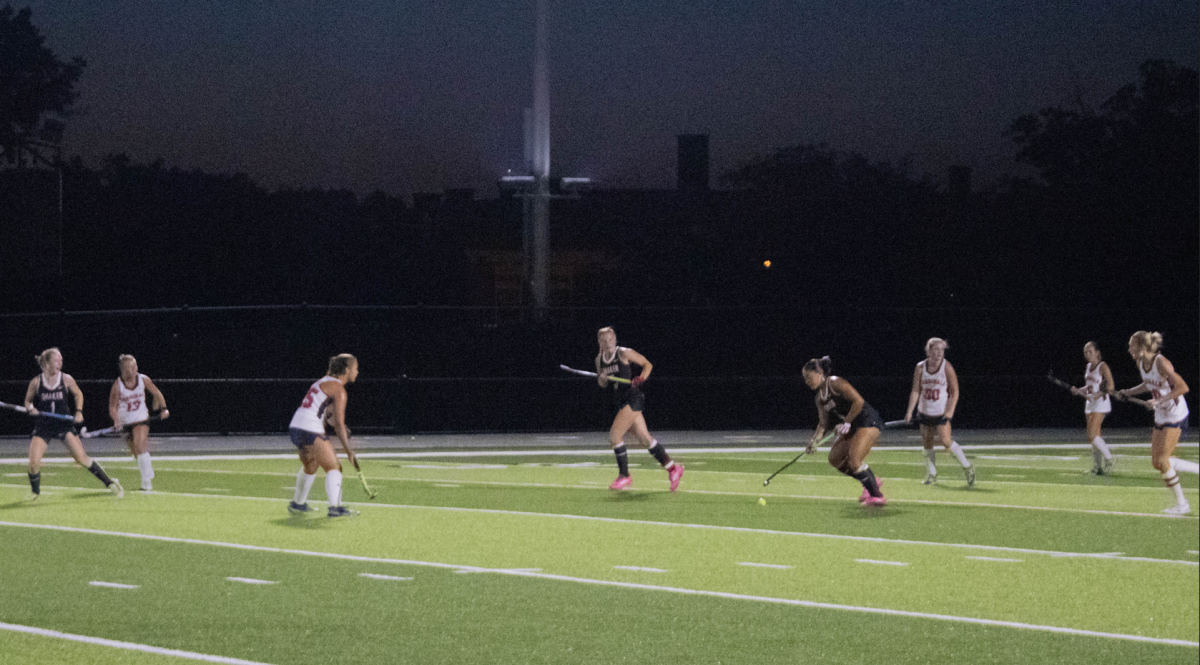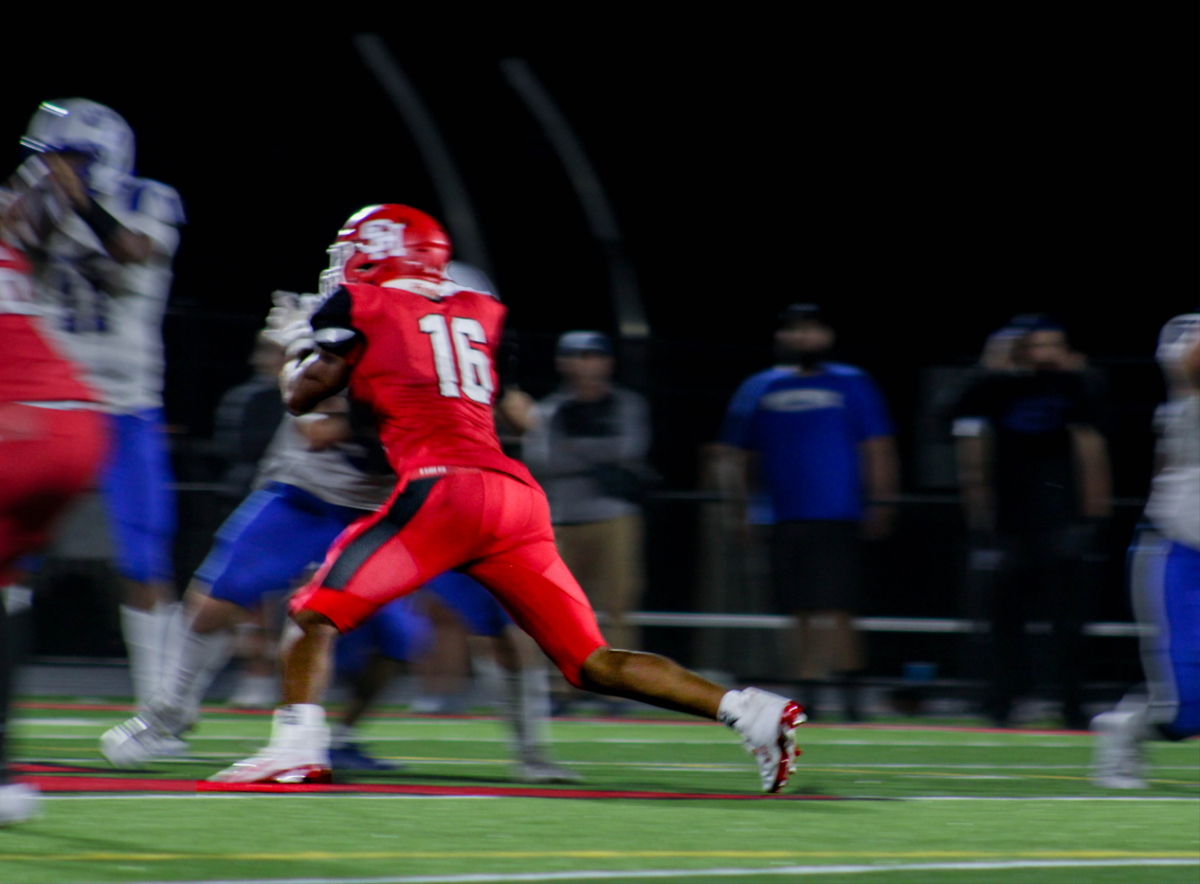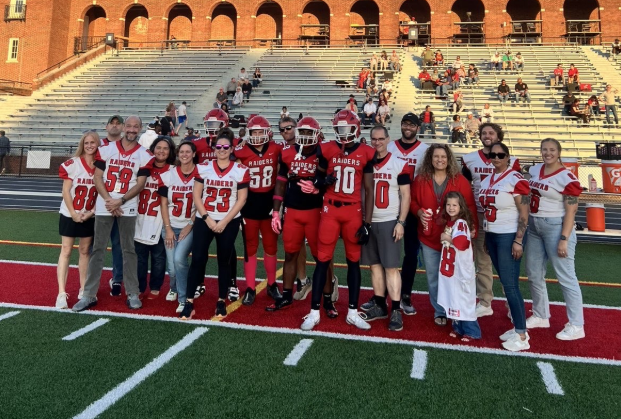The NCAA has lost control.
No longer is collegiate athletics about athletes. It’s about making the extra dollar on the path to victory. It’s been about that for a long while now. Recent stories – Penn State, Rutgers, the opportunistic Adidas T-shirt created after the Louisville player’s grotesque injury – only make it clear now that NCAA member schools and the affiliated corporations are no longer even pretending that collegiate athletics are about athletes.
There seems to be a new story breaking every day: this school is participating in academic fraud, or that school covered up its player’s illegal activities, and this school knew about its coaches’ handling of players and didn’t do anything about it. Nine Division I institutions are currently on NCAA probation.
From Auburn to Rutgers, scandals are ripping through the NCAA, which just hands out petty fines and takes away wins. Both are insubstantial punishments. Division I athletic programs are too rich to suffer because of symbolic fines, and we all know Ohio State really won the Sugar Bowl in 2010, even though the NCAA took the victory away. You can’t make victories on the field just disappear.
Although some athletes will take the path toward the quick buck, NCAA bylaws should be revised to more heavily punish the athletes and schools that commit these violations with suspensions and loss of scholarships, punishments that hurt a team’s ability to win.
Senior Donovan Munger will play football at Ohio State University this fall. “You know you are talking about grown men, some who have come from nothing, so when they get the opportunity to get rich quick, they take advantage, but I think stricter rules would decrease scandals,” he said. Munger will join an Ohio State program that recently was reprimanded by the NCAA for players’ improper sales of memorabilia.
The NCAA and its member schools also need to be held accountable. No longer can they take advantage of thousands of student-athletes’ services and cheat and lie on the way to huge revenue gains. Many schools make more than $60 million a year from their athletic programs.
According to ESPN, in 2008 Ohio State made more than $15 million in media rights, and the athletic program made more than $115 million total. And programs just want more and more. Schools will change grades, commit fraud and cover up violations, just so their teams can make it one game farther in the tournament and make the school an extra million bucks.
Shaker men’s basketball coach Danny Young said the result is an unhealthy pursuit of winning. “Coaches are under a lot of scrutiny and pressure to win at all costs,” said Young, who added that losing records jeopardize NCAA coaches’ livelihoods.
Yet, the NCAA’s website states its mission is “To be an integral part of higher education and to focus on the development of our student-athletes.” Nowhere in the mission statement does it say that the goal is to win.
Critics of the NCAA suggest that paying players would alleviate abuses such as those that cost Ohio State coach Jim Tressell his job. However, Munger thinks that although NCAA athletes would like to earn a share of the immense profits, it’s not their priority. “I think it would be better for student athletes to get pay or compensation, but they are doing it because they love the game, not for the money,” said Munger.
The NCAA needs to change the perception of collegiate athletics. They can longer be all about winning at all costs. Athletic directors, university presidents and coaches need to find the balance between winning and nurturing successful student-athletes. Unfortunately, there is no way to change this; so long as collegiate sports are profit machines, no sane college will give up hundreds of millions of dollars.
The only hope is fans, who must take a stand against the NCAA to induce change. If money is causing all the problems, let’s not give them any more of our money. It’s the only hope we have to convince the NCAA to get back to its mission: to mold successful young athletes into productive members of society.
A version of this article appeared in print on 8 May 2013, on page 11 of The Shakerite

